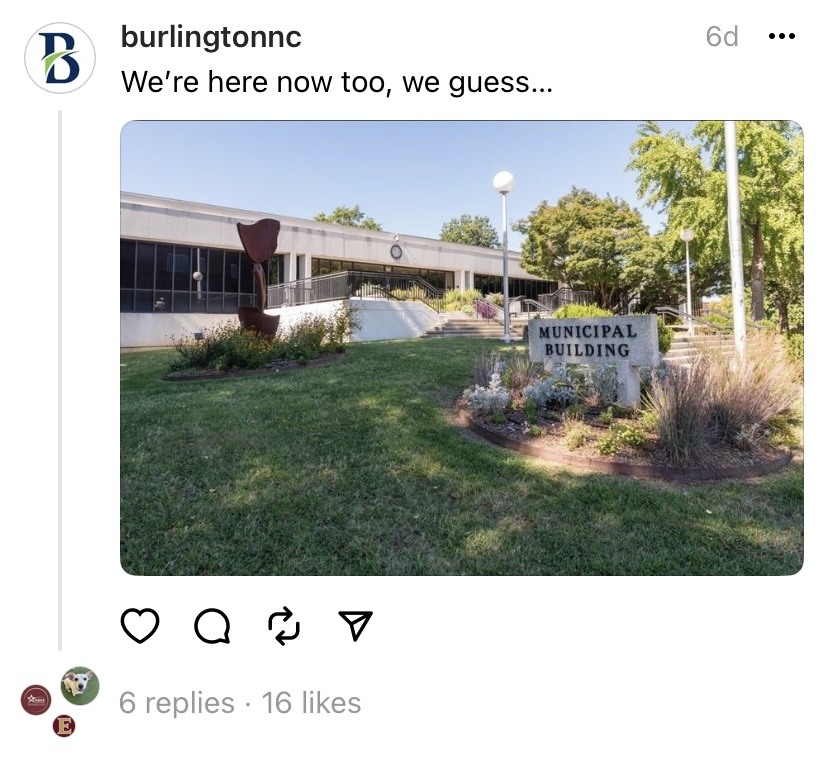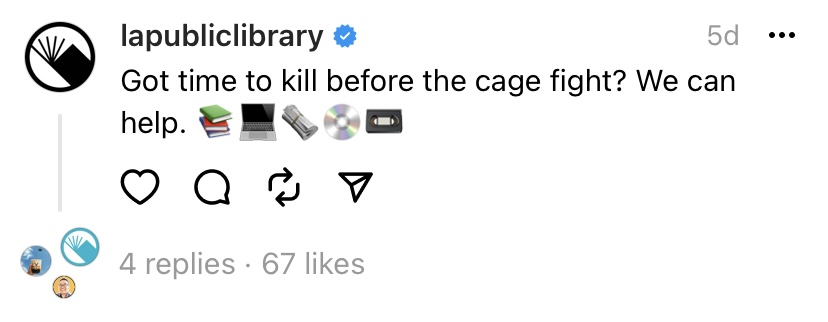Policy
‘Thready or not,’ public sector is jumping onto latest social media platform
One expert shares tips for navigating the still-evolving world of Threads. Plus, a roundup of state and local government introductory posts.

Murat Kocabas/SOPA Images/LightRocket via Getty Images
Threads, the new social network from Meta, launched last week as a competitor to Twitter. In that time, not only has it attracted followers faster than any other social media platform in history, but it has also enticed the original late adopter: government.
Hundreds of government agencies joined Threads within 24 hours of its launch, from health departments and school districts to cities and state officials.
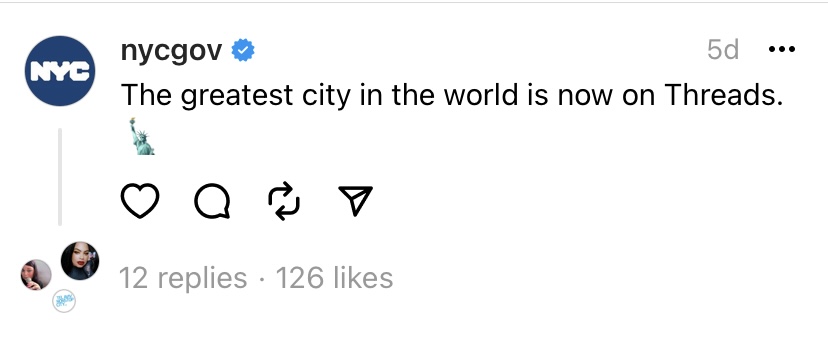
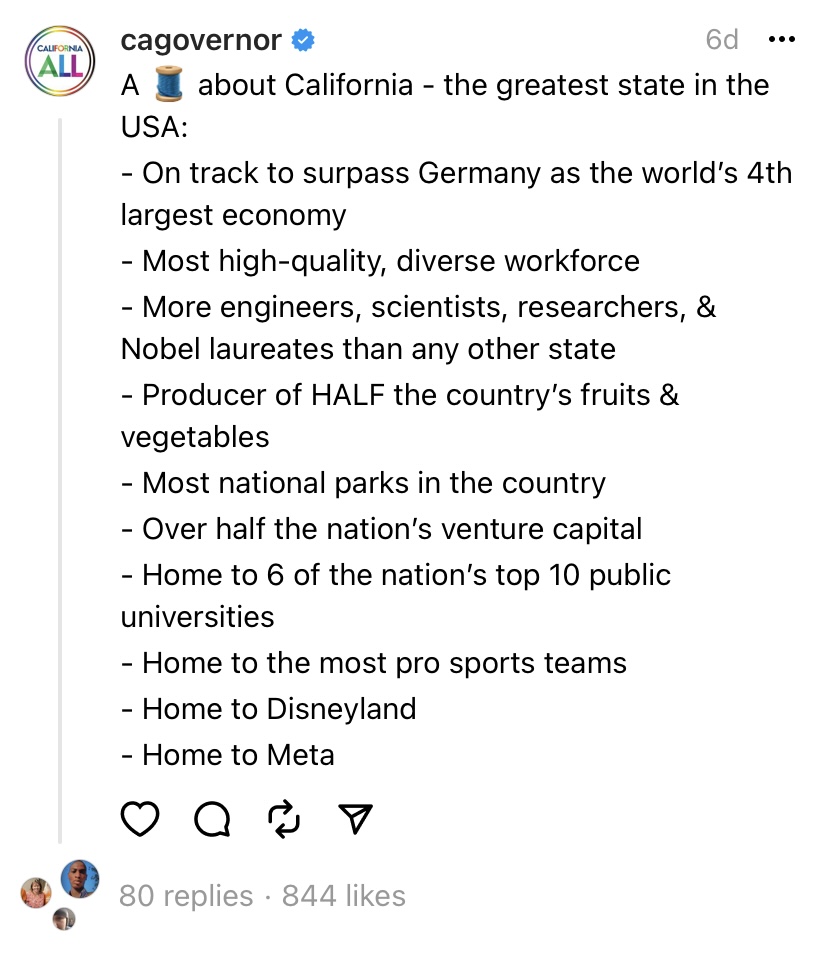
A quick review shows some official Florida presence already on the app: Several colleges and universities including Florida State and Florida A&M, the Florida Supreme Court, Florida Lottery, Florida Fish and Wildlife Conservation Commission, Visit Florida and Film Florida.
But as the public sector takes its first steps into the Threadiverse, there are a few things to keep in mind, according to Mark Rybchuk, the director of public sector at Hootsuite, a social media management platform.
One of the main things, says Rybchuk, is that caution is a good thing, especially given how new Threads is. Move slowly, observe different accounts and get familiar with the functions the platform offers, he advises.
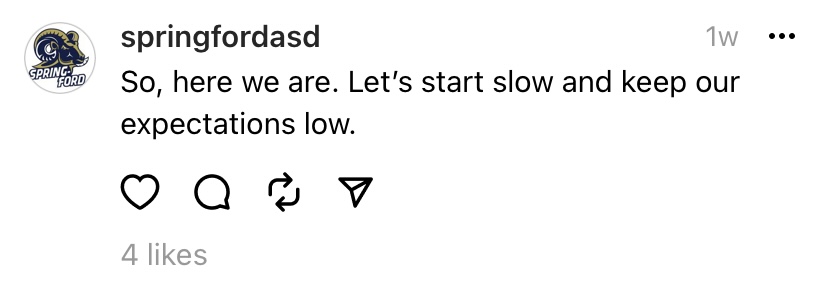
At first glance, Threads may appear to be just a pared-down version of Twitter, but Rybchuk notes that there are many notable differences between the two, and treating Threads as just a duplicate of Twitter might not be the best approach to the platform.
For example, Threads allows users to make posts up to 500 characters and share up to five minutes of video, whereas Twitter caps posts at 280 characters and videos at roughly two minutes. This could make Threads the better platform for more comprehensive messaging.
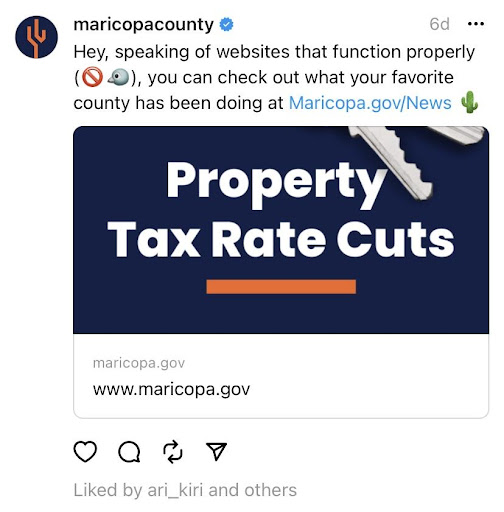
What’s more, Rybchuk says, Threads is still in its infancy. “Meta is always releasing new platform features, and with the recent launch of Threads, I anticipate that the coming weeks will be a critical time for them to share new functionalities to differentiate themselves from Twitter.”
Early complications could get in the way. On Monday, CNBC reported that House Judiciary Chair Jim Jordan, R-Ohio, asked Meta CEO Mark Zuckerberg to "hand over documents about content moderation on Threads as part of the panel's ongoing investigation of tech platforms' policies and contact with the Biden administration."
In the meantime, define your goals, says Rybchuk. This is critical as agencies start thinking about how they’ll approach the platform. Whether looking to share critical information, engage with residents or collect feedback, agencies need to have a clear idea of what they’re hoping to achieve on the social network.
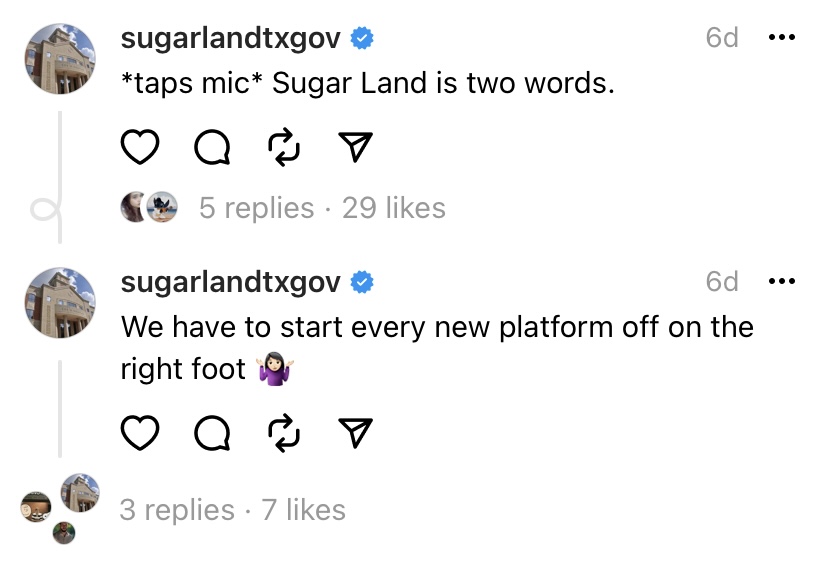
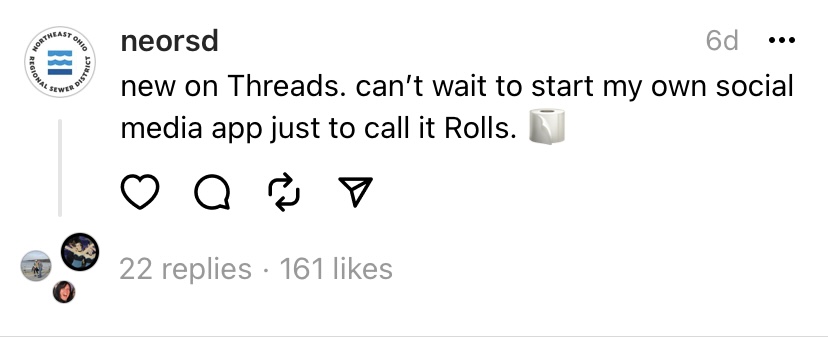
Finally, it is important to recognize the differences in how users explore content. Though the platform is still evolving, Threads users can only search for specific accounts, “making it less suitable as a platform for news or trending topics and more favorable to open discussion topics,” Rybchuk says. Twitter users, meanwhile, can search for keywords and hashtags in addition to other accounts.

While many in the public sector have signed on to Threads, there’s still a large share of communications managers who are hanging back. “For government marketers,” Rybchuk says, “tapping into a platform like this requires a thoughtful strategy that effectively generates engagement while staying true to the essence of government communications.”
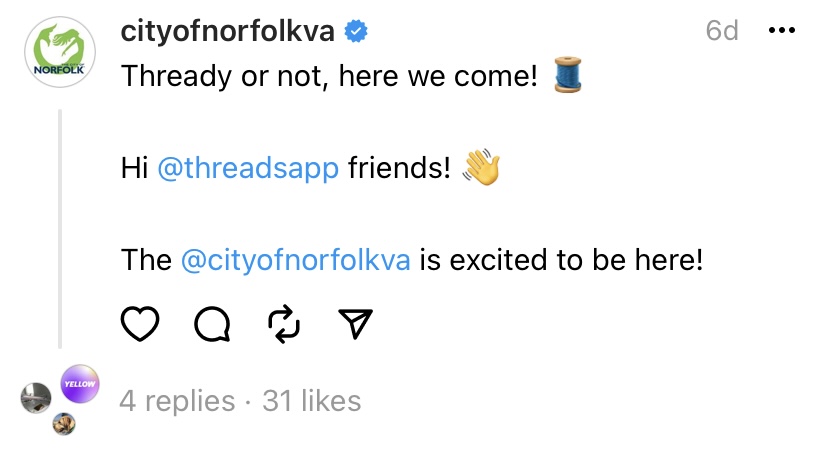
A version of this story was first published on Route Fifty.
NEXT STORY: Full appeals court to take up Florida gun law

